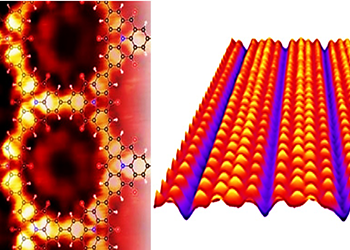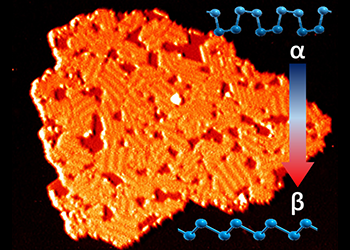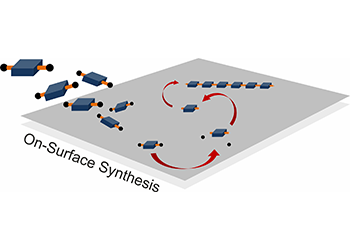Different research groups at ISM carry out their activities by using UHV apparatuses in order to prepare and characterize surfaces, interfaces and low-dimensional systems controlled at the atomic level. The experience and the skills acquired since the 90s, have been providing the realization and study of a wide variety of different systems such as 2D materials (graphene, silicene, antimonene), III-V semiconductors, molecules and nanostructures based on carbon and obtained by on-surface synthesis. Furthermore, the in-situ characterization techniques combined with the preparation chambers can provide a detailed study, at atomic level, of the chemical composition as well as the growth mechanism followed and relative morphological and electronic characteristics of the systems under investigation. These knowledges can be exploited for optimizing the preparation processes and the realization of model systems whose importance are not trivial for understanding the fundamental phenomena governing their properties and, consequently, their behavior in real applications.
In particular, preparations in UHV conditions can allow the availability of uncontaminated surfaces of the substrates, which are typically monoscrystalline. With this aim ionic bombardment of noble gas (sputtering) and/or thermal treatment (annealing), or exfoliation, in case of lamellar substrates, are used.
The deposition techniques, which can be performed in a wide range of temperatures, are both chemical (Chemical Vapor Deposition - CVD) and physical (Molecular Beam Epitaxy - MBE; thermal evaporation and ionic sputtering). A wide range of deposition cells such as effusion or electron bombardment ones allow the deposition of different species, in conditions of high control of their purity, flows and rates of growth.
The preparation and material growth processes can be investigated in detail through specific characterization techniques which are treated in detail in the Analysis unit of the TEMPISM platform. These are: ARPES, XPS and XPD performed by synchrotron radiation available at the "Elettra Research Infrastructure" Sincrotrone – Trieste "VUV Photoemission” beamline, or through techniques available at the laboratories of ISM Tor Vergata headquarter (XPS, Mass Spectrometry, STM / STS, LEED, RHEED, AES, EELS, SEY, REELS, SMOKE and IPES).
Based on the types of materials deposited, the systems made in "Low Dimensional Atomic Control Surfaces, Interfaces and Systems" are divided into inorganic systems and organic / inorganic hybrid systems.




 English (UK)
English (UK)  Italiano (Italia)
Italiano (Italia)